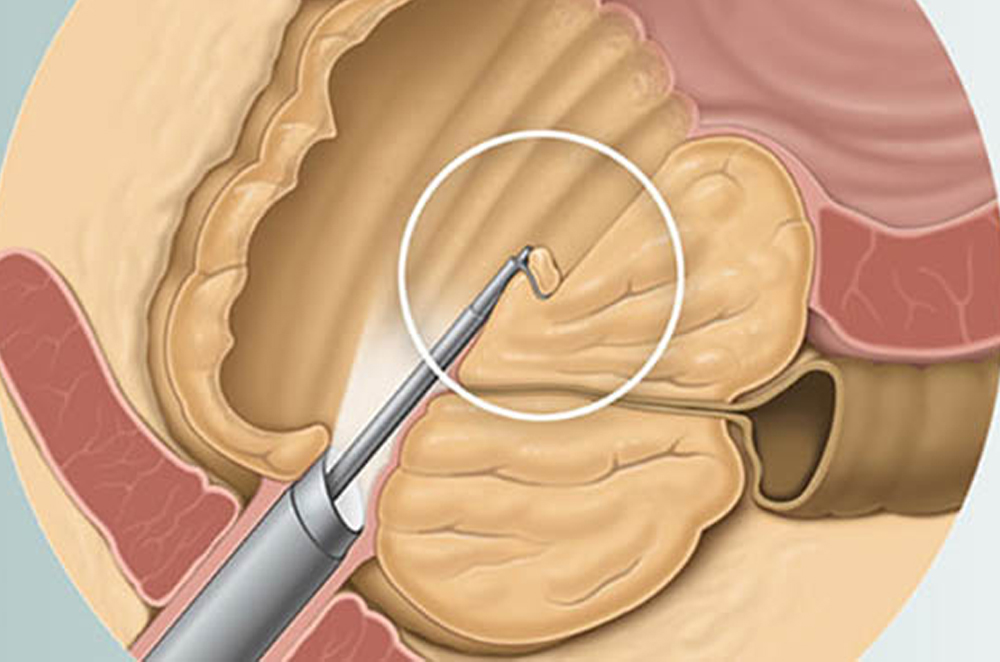
Holmium laser enucleation of the prostate (HoLEP) is a type of laser surgery used to treat obstruction (blockage) of urine flow as a result of benign prostatic hyperplasia (BPH). In men with BPH, the prostate gland is not cancerous but has become enlarged. An enlarged prostate can result in a number of urinary tract symptoms such as frequent urination, getting up multiple times in night to pass urine, poor stream, straining or need to apply pass urine, difficulty in starting urination, or loss of bladder control.
Holmium laser enucleation of the prostate (HoLEP) as more effective surgical procedure for urinary tract obstruction due to bph as compare to other surgical intervention such as Transurethral resection of the prostate (TURP (Monopalar/ Bipolar)), Transurethral resection of the vaporization prostate and potentially less costly surgery for urinary obstruction due to BPH, as compared to other surgical options such as laser vaporization and transurethral resection of the prostate.
How does holmium laser enucleation of the prostate (HoLEP) work?
The holmium laser is a surgical laser that has been found particularly effective in performing several types of urological surgeries. In the case of HoLEP, the laser is used to cut and remove the bulky prostate tissue that is blocking the flow of urine.
Who needs to have holmium laser enucleation of the prostate (HoLEP)?
BPH occurs in more than 40 percent of men over the age of 60 and is a leading cause of urination symptoms, including difficulty in passing urine. As men age, the symptoms of this condition can worsen. Although many cases of urinary obstruction from BPH can be treated without surgery, patients who do not benefit from such medical treatments may eventually need surgery to avoid or deal with long-term problems such as retention of urine, urinary tract infections, and bladder stones. Patients who are appropriate for HoLEP are typically symptomatic due to very large prostates.
What are the advantages of holmium laser enucleation of the prostate (HoLEP)?
Use of HoLEP in many different parts of the world has shown it to be a safe and effective procedure. Although there are many types of BPH surgeries available, HoLEP offers a unique advantage in being able to remove a large amount of tissue without any incisions on the body, even in very large prostates, while decreasing the risk of bleeding and providing tissue for pathology (to look for cancer). This decreases the need for blood transfusions during surgery, minimizes the time of stay in the hospital to one or two days, and reduces the risk of needing repeat treatment.

